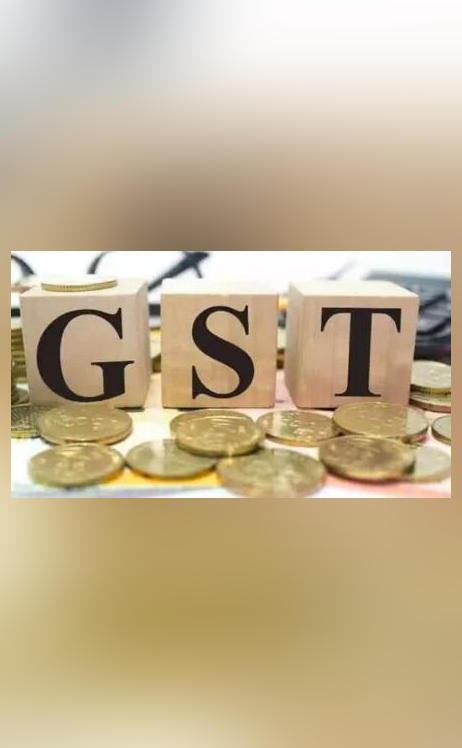
GST Collections Rise 6.2% YoY to ₹1.85 Lakh Crore in June
The Goods and Services Tax (GST) collections in June have witnessed a remarkable surge, rising by 6.2% year-on-year (YoY) to ₹1.85 lakh crore. This significant increase is a testament to the robust economic recovery and the growing confidence of businesses and consumers alike. While the collections might have fallen short of the ₹2 lakh crore mark that was recorded in the first two months of the current fiscal year (FY26), it still represents a notable achievement for the government.
Over the past five years, GST collections have more than doubled, reaching a record ₹22.08 lakh crore in FY25. This impressive growth is a reflection of the Indian economy’s resilience and the government’s efforts to improve the tax regime. When compared to FY24, the growth rate of GST collections stands at a remarkable 9.4%.
The June collections may have been lower than the government’s expectations, but it is essential to consider the broader economic context. The ongoing global economic uncertainty, fueled by factors such as the war in Ukraine and the ongoing pandemic, has resulted in fluctuations in trade and commerce. Despite these challenges, the Indian economy has demonstrated remarkable resilience, with the GST collections serving as a barometer of its health.
The GST Council, comprising representatives from the Centre and states, has been working tirelessly to refine the tax regime and make it more efficient. The recent reforms aimed at simplifying the GST return filing process, reducing compliance burdens, and increasing the threshold for small businesses have all contributed to the growth in collections.
The growth in GST collections is not limited to a single sector or region. Across various industries, including manufacturing, services, and e-commerce, the demand for goods and services has remained strong. This is evident from the rise in e-way bills, which have increased by 13.6% YoY, indicating a surge in interstate trade and commerce.
The GST collections have also been boosted by the government’s efforts to promote domestic production and reduce reliance on imports. The ‘Make in India’ initiative, aimed at promoting domestic manufacturing, has led to an increase in production and consumption of goods and services within the country. This, in turn, has contributed to the growth in GST collections.
The GST collections have significant implications for the Indian economy, as they are a critical source of revenue for the government. The government relies heavily on GST collections to fund its various initiatives and schemes, including infrastructure development, social welfare programs, and subsidies for essential goods and services.
In conclusion, the 6.2% YoY growth in GST collections to ₹1.85 lakh crore in June is a welcome development for the Indian economy. While the collections might have fallen short of the government’s expectations, the growth rate is a testament to the economy’s resilience and the government’s efforts to improve the tax regime. As the economy continues to navigate the challenges posed by the global economic uncertainty, the GST collections will remain an important barometer of its health.






